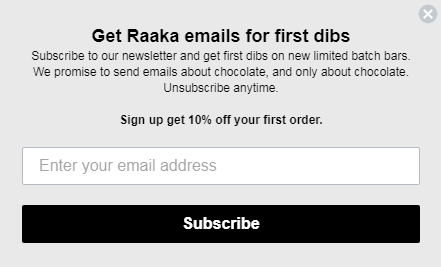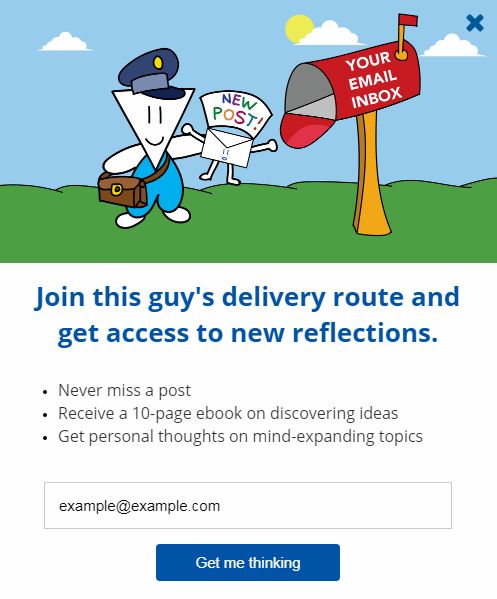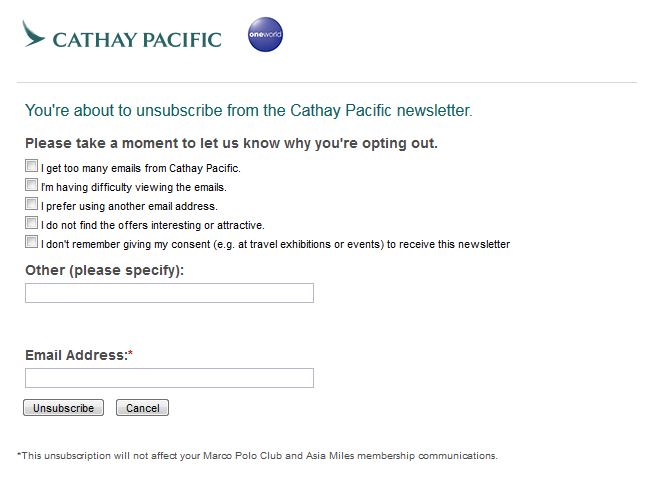Newsletter marketing tips to help your small business create email campaigns that people subscribe to, open and read!
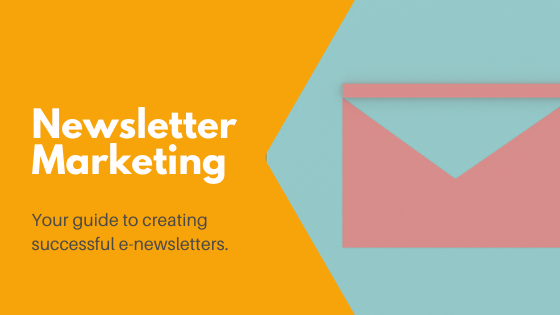
Newsletter marketing is a budget-friendly way to grow sales
Email marketing has been around for ages. That’s why compared to its modern and even flashy online counterparts, newsletters can feel pretty old fashioned.
And yet email remains one of the most cost-effective ways to market your business!
In fact, a small budget can go a long way when you know how to use email campaigns to your benefit. That’s why businesses of all sizes still rely on e-newsletters to drive growth.
Here are the top reasons to start an email list and invest in newsletter marketing:
- When you get your email marketing strategy right, email marketing can yield a return of $45 to $51 for every $1 spent on it.
- Email is a convenient way to stay in contact with both qualified leads as well as existing customers.
- Regular contact helps keep your brand top-of-mind—and earn customer trust.
- It’s an incredibly low-cost way to update customers of brand news and promotions.
- Newsletter email marketing allows you to establish a good rapport with readers—and strengthen the relationship with customers.
- What you write can drive traffic to your website and motivate readers to make a purchase.
Frankly, you just can’t ignore those benefits!
What are the best emails a business can send?
As a small business, you have to balance your limited resources (like time or manpower) with the potential rewards of any type of marketing activity.
So a common question is, what kind of email should you send to get the most bang for your buck? Or rather, which types of email campaigns are worth the additional effort?
First an important reminder: while the goal of an email marketing campaign is to generate or boost sales, the reality is you can’t be sending sales pitches to your readers all the time. No one appreciates being sold to every chance you get—that gets annoying, fast.
The solution? Newsletter emails, since they contain a range of content designed to increase both engagement and sales.

Types of small business email marketing
1. Newsletters
Newsletters are an inbound marketing tool used to draw attention, entertain and build a relationship that can turn casual readers into loyal customers.
A newsletter’s contents can include:
- brand news and updates;
- a recap of your latest blog posts;
- promotional messages like upcoming sales and discount codes;
- product / service details and updates;
- and subscriber account information.
2. Transactional emails
This type of email gets sent after someone has a commercial transaction with your business. For example: when someone buys something from your online store.
Transactional emails include:
- Order confirmation
- Shipping information and status
- Receipts / invoices / billing statements
3. Behavioral emails
Like transactional emails, this third category of emails is also automatically sent out depending on how the user interacts with your brand on various channels like your website, social pages and so on.
Its content can be quite wide-ranging:
- An opt-in confirmation (i.e. newsletter subscription email), a welcome or onboarding email immediately after signing up;
- Abandoned cart emails to encourage those who left items in their shopping cart (and didn’t complete the checkout process) to come back and continue / finish what they started;
- Recommendation emails based on previous purchase or browsing history;
- A request for feedback; to review / rate a product or service or to leave a testimonial;
- Reminders such as a payment deadline; that it’s time to reorder / restock an item; or to renew a service;
- Notifications such as to mark the end of a free trial;
- Post-purchase thank you emails;
- Up-sell / cross-selling emails for add-on products or with the option to upgrade to the next best level at a lower rate.
4. Catalog emails
A catalog email is similar to the print version of a catalog, except in email format. This means you would have the product image with a brief description (B2C or B2B product copy) and then the price.

How to make a successful newsletter email: strategies, tips and ideas
Do you subscribe to newsletters? If so, how many of them do you actually read? And, more importantly, how many are you actually happy to stay subscribed to?
Unless a newsletter can keep someone’s interest with useful content (and great offers), chances are readers will choose to unsubscribe.
In other words, they’ll give you the opportunity to satisfy their expectations but if you don’t (or if you’re no longer relevant to them), they’re out. (And they’re not coming back.)
So how do you develop a good newsletter marketing strategy? Moreover, how do you write effective newsletter content?
Here are some small business newsletter marketing tips for newsletters that people want to subscribe to, open and will actually read.
1. Come up with a newsletter content strategy
Before you start writing your newsletter, you must have a plan.
For example:
- How often will you send marketing emails? Will your newsletter be weekly or monthly?
- What will each edition contain?
- Should you opt for a single topic newsletter or curate multiple ideas per newsletter?
- Will it be a plain text, rich text or an HTML email newsletter?
- How will you keep readers engaged—and subscribed?
2. Set goals
Know what each newsletter will be about but also what each new edition should do for the business.
For example:
- Want your newsletter to boost this month’s sales, so you can clear up inventory in time for new arrivals?
- Do you want to drive traffic to your website?
- Are you hyping up a soon-to-launch, brand new line of products?
Goals keep you focused. They also help you write the right type of content to achieve whatever objectives you’ve set out for the email.
3. Create a style guide
In order to be consistent and stay on-brand, it’s important to establish style guidelines that your content writers can refer to and follow.
That may include things like formatting; color combinations; your preferred writing style as well as your brand’s distinct voice and tone.
For example: you want your writing to be casual and conversational; you’re willing to break a few grammar rules here and there to sound approachable; everything you write has to be clear and useful; and so on.
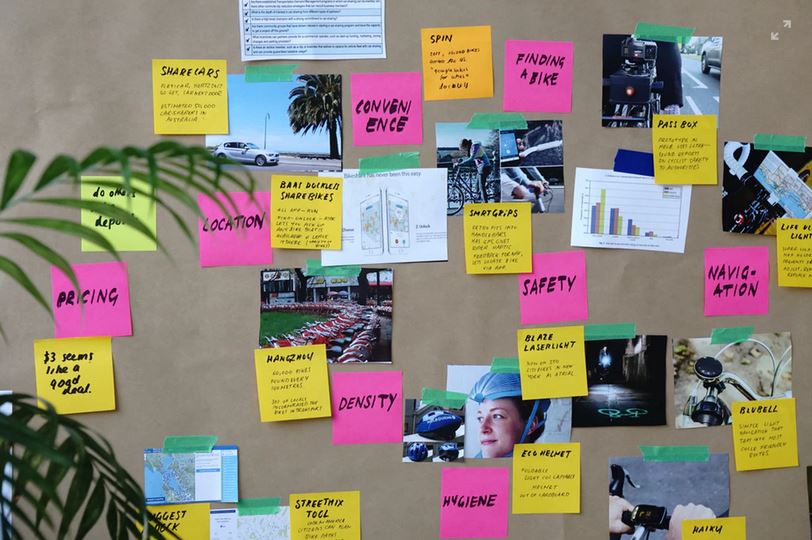
4. Do your research
To create a successful email newsletter campaign, you need to know what works and what doesn’t in your industry.
When you’re doing your research, you’ll want to look into the following points:
- What is the sign-up process like?
- How do they convince people to subscribe to their newsletter?
- What are they writing about in their newsletters?
Armed with some basic information, you can come up with a strategy to improve on what others already have and create an even better newsletter.
To be honest, research is incredibly time-consuming and (sometimes) even boring. But if you want your newsletter marketing efforts to succeed, you have to do the necessary legwork. The other alternative is to hire a freelance content writer like me to do the work for you. No stress, no hassle.
4. Make it easy to subscribe
To grow your email list, subscribing must be easy and worth readers’ while. No one has time – or the interest – to fill up a page’s worth of personal details just to receive your promotional emails.
- Put your newsletter opt-in where readers can quickly find it.
- Keep the sign-up copy short, simple, and persuasive.
- Don’t ask for too much information – most people aren’t going to trust you with more than their email address.
- Where applicable, include links to your terms & conditions or privacy policy.
- Unsubscribing should be just as easy to do as subscribing; let people know how they can do just that.
Here are a few examples of these points:
5. Work on the little details
When you’re preparing a newsletter, your focus is naturally on content and presentation. That is, what you’ve written plus visual components and how the final product will look.
Want to know what’s just as important? The sender’s name, email subject line, and the preheader (aka preview) text—those are the details subscribers will see first!
Let’s look at that in more detail.
- Choose a sender name that’s familiar and clear.
For example: ‘Singapore Airlines’ in the ‘from’ field makes a lot more sense than ‘SQ Newsletter’ or ‘SIA News’. - Write an accurate subject line that lets readers know what’s inside.
For example: ‘Launch of Vaccinated Travel Lane from Germany into Singapore’. - The preview text of every campaign should be useful.
For example: ‘There is a way to protect your website from DDoS attacks’ for an email with subject line ‘Don’t suffer website attacks’.
6. Create high-quality content
An email campaign’s success hinges partly on its content. What you send out – whether informational, educational, humorous, or something else entirely – should always be of value to the reader. Naturally, ‘value’ is subjective; it depends on your audience and industry. That’s why you should never lose sight of the following:
- Who are your readers and why did they sign up in the first place?
- What kind of content would readers want or deem useful?
- How do we create content that is a win-win for subscribers and for the brand?
In short, the old adage about quality over quantity applies. Curate wonderful content that is interesting, helpful, or memorable—don’t send something just for the sake of sending something or to fill up space.
Bonus newsletter marketing tips:
- Find a unifying theme or idea per newsletter, so that content is centered and cohesive.
- Write with focus; keep your paragraphs short; and edit without mercy. Easy to read and easy to digest trump lengthy pieces almost always.
- Add images to your newsletter.
7. Write for your audience
Remember how you started by setting a goal for your newsletter? The words you choose will influence the outcome—if the reader will stick around to read what you’ve written.
Let’s put that into perspective.
If you’re a specialty coffee roaster with a newsletter designed to help regular consumers buy, brew and drink better coffee, you’re going to have to write material that resonates with them. That is, you have to write for the average Joe—not coffee connoisseurs or baristas.
Keep these tips in mind:
- Know your audience and then write specifically for them.
For example: Are your readers Gen Z or Millennials? Are they seniors? Is this a B2B or B2C newsletter? If yours is a B2B newsletter, you can get away with using industry terms that peers would understand. If your audience comprises “regular folk”, you don’t want to use jargon—they probably won’t understand it anyway. - Choose the right words and style for your readers.
For example: Younger people have a shorter attention span. Punchy sentences and bullet points or listicles work wonders with them. - Deliver value and the sales will naturally follow.
For example: If it’s content you wouldn’t appreciate either, then rethink and rewrite.
8. Segment your readers
In spite of all your effort, the reality is that your newsletter won’t appeal to everyone all the time. That’s why – if you have the means to do so – it’s always a good idea to segment subscribers and give each group what they came for.
You can do this by giving subscribers the option to select the kind of emails they’d like to receive when they first sign up for your newsletter.
Here’s an example:
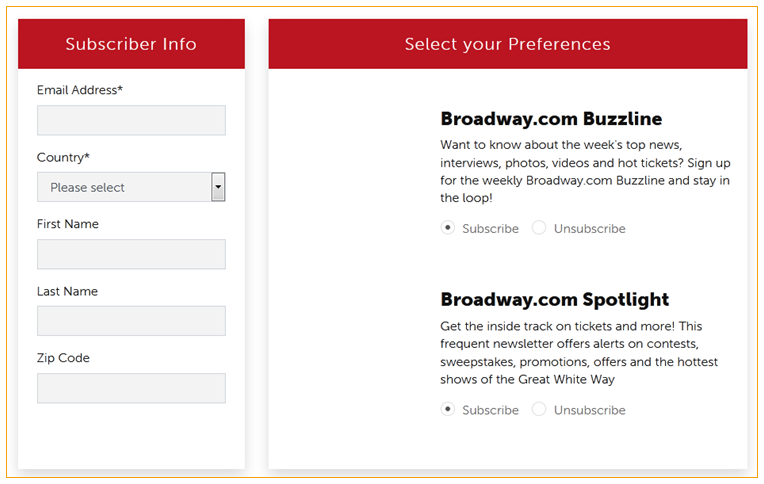
9. Nail your call to action
A great call to action (CTA) has the power to increase conversions and sales—you can’t afford a weak one! Find words that motivate and a design that stands out. Remember that, while the CTA takes up very little real estate compared to everything else, those few words are some of the most important per newsletter!
Bonus tip: The first link / button in a newsletter tends to get the most clicks. Plan your newsletter’s structure accordingly!
10. Test, test, and test some more
The best way to improve a newsletter’s performance is to test, evaluate and test some more. Honestly, it’s an ongoing process.
For example:
- Before you send the email newsletter off, preview what it will look like on different devices. You want readers to have the best viewing experience!
- Test your CTA buttons. Whether that’s color combinations, word choice or even size, find out which version brings better results.
- Observe the types of content that get the most reads, most clicks and most conversions over time.
Newsletter performance: measure what matters
Now that you’ve sent out your newsletter, it’s time to gauge its success. This is the exciting but also nerve-wracking part because you finally – after all that effort – get an idea of how well your email marketing is doing.
Here are the newsletter marketing metrics you need to keep an eye on:
- Open rate: a percentage showing the total number of subscribers who opened the email.
- Click-through rate: the percentage of subscribers that clicked on a link, call-to-action, or image within the email. It shows your readership’s engagement level.
- Unsubscribe: the percentage of people that have chosen to opt out of your email list.
- Hard bounce: refers to an email that couldn’t be sent (it is returned to sender) because the email address is not valid.
- Soft bounce: refers to a temporary delivery failure, which can be caused by a full inbox, very large email size, or email server issues (offline / down).
- Churn rate: refers to the number of subscribers that leave your email list during a given period of time.
- Transparent churn includes spam complaints, hard bounces, and unsubscribes.
- Opaque churn on the other hand refers to those who simply aren’t seeing your email. This could be because they no longer check that email account, the mail is landing in their spam folder or they’re simply not interested in reading your mails anymore.
If you’re interested, here’s some further reading:
- Learn more about hard and soft bounces
- Tips to improve your bounce rate
